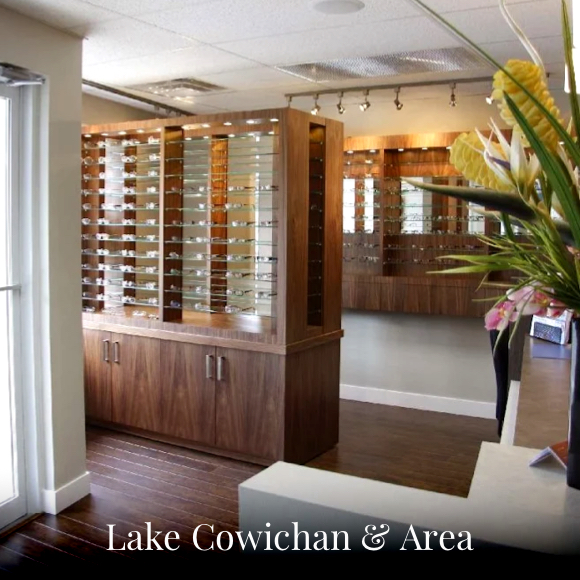A new treatment for keratoconus
Keratoconus is a degenerative disorder of the eye in which the biomechanical strength of the cornea’s collagen fibres is reduced, causing it to thin and bulge forward into a more conical shape than its normal gradual curve. The cornea is the clear tissue that covers the front of the eye and is crucial to focusing light on the back of the eye. The abnormal shape of the cornea prevents light from being correctly focused on the retina. This is called irregular astigmatism, and it results in blurred vision and visual distortions.
Keratoconus is the most common dystrophy of the cornea, affecting around one person in a thousand. The exact cause of keratoconus is uncertain, but a genetic link seems likely, and it has been associated with atopic disease and excessive eye rubbing. The cornea usually begins to change shape during puberty or the early twenties and keratoconus develops gradually thereafter, although there may be periods of stability in one’s lifetime.
In early keratoconus, the vision is often initially correctable with glasses, however as the disease progresses, specialty rigid gas permeable contact lenses are required to obtain clear vision. Between 10% and 25% of cases of keratoconus advance to a point where vision correction is no longer possible, and a corneal transplant becomes required.
A new procedure aims to halt the progression of keratoconus, before it reaches the stage where a transplant is necessary. This procedure is based on cross-linking, a standard technique used in polymer science for increasing the mechanical strength of a material. Treatment involves application of riboflavin phosphate eye drops to the cornea followed by exposure to UV radiation (UVA 365 nm) for a duration of 30 minutes. This results in cross-linking of the collagen fibres of the cornea, thereby increasing its physical strength by 300%. This increase in corneal strength has shown to arrest the progression of keratoconus in numerous studies all over the world. Professor Theo Seiler, of the Institute for Refractive and Ophthalmic Surgery in Zurich, Switzerland has studied patients for a five-year period. All eyes have shown no further progression of the keratoconus, and in 65 per cent of eyes the corneas became more normal in shape, with consequent improvements in visual clarity. Moreover, no adverse effects have occurred during follow-up if the pre-treatment corneal thickness was at least 400 microns.
Collagen cross-linking treatment is not a cure for keratoconus. Patients will continue to wear spectacles or contact lenses (although a change in the prescription may be required) following the cross-linking treatment. The main aim of this treatment is to stop progression of keratoconus, and thereby prevent further deterioration in vision and the future need for corneal transplantation. In cases where the keratoconus is already very advanced, collagen cross-linking may not be possible and a corneal transplant will still be the preferred treatment.
The future for collagen cross-linking is a very exciting one. It may be a useful treatment for other similar corneal disorders and because of its low cost it may have applications in developing countries, where corneal transplants are not readily available.


















